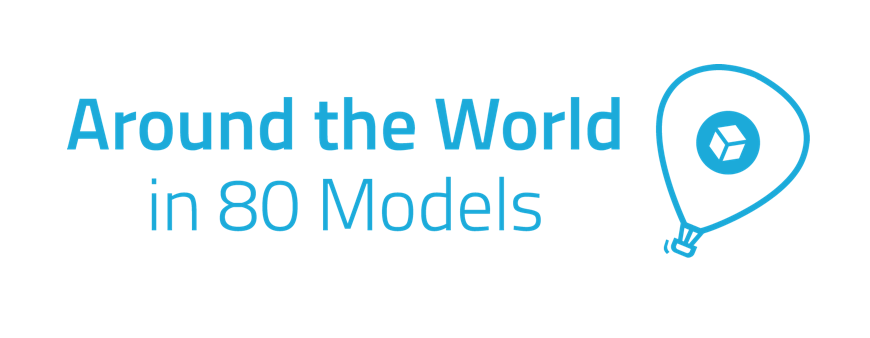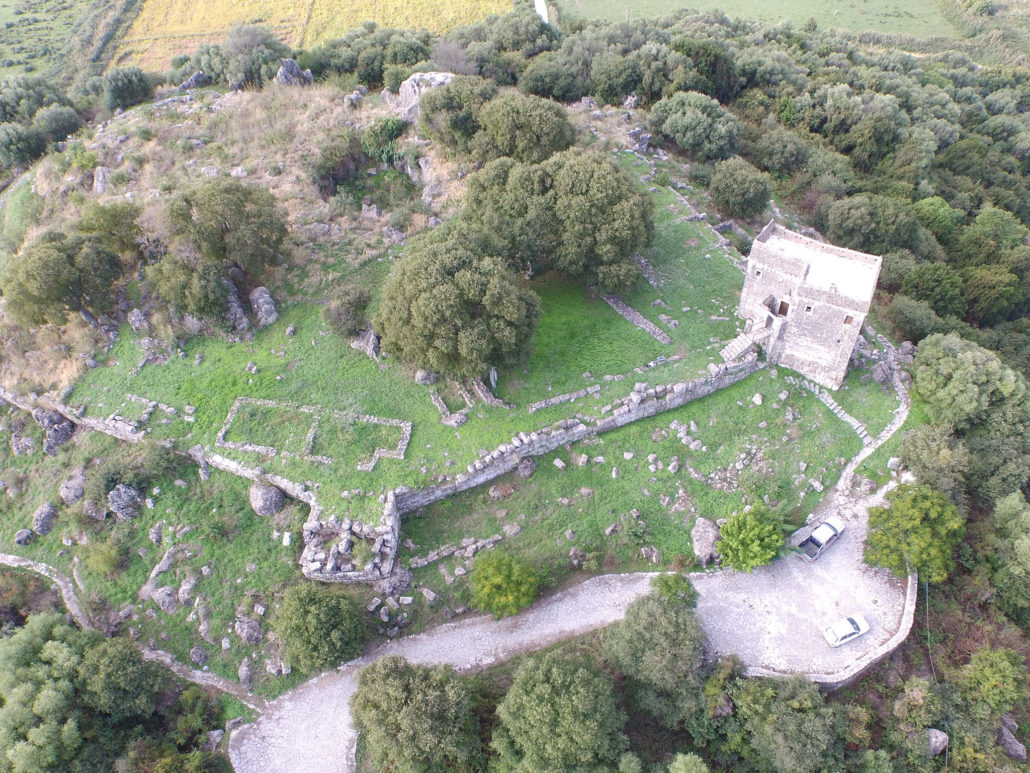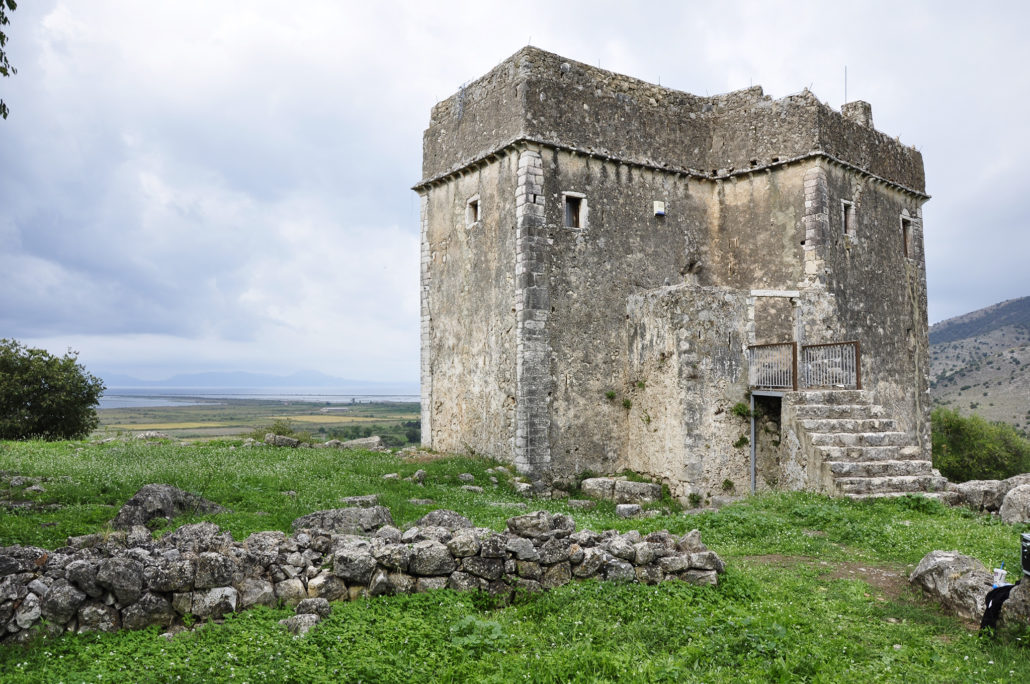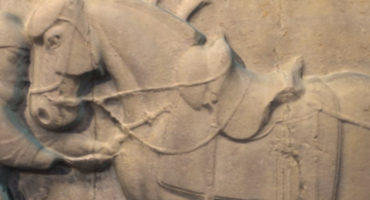Hop on board as we continue our journey Around the World in 80 Models! We began our itinerary at Sketchfab headquarters in New York and are working our way through Europe, Africa, Asia, Oceania, South America, and North America. To catch up on past destinations, check out the rest of the Around the World in 80 Models series.
This week we travel to Ragio, where InDigital will tell us about the site’s Medieval tower.
Ragio, Greece: Tower of Ragio (Pyrgos Ragiou)
We are a company named InDigital , located in Athens Greece. We started to make 3D scanning following the technology of photogrammetry and the increasing demand for 3d scans. Also the needs of some museums here in Greece to scan their collections was one more reason for this decision.
We use Nikon D90 and Nikon 800 cameras for terrestrial photoshooting and Phantom 3 Professional for aerial photoshooting. Also for the purposes of museum items we use additional lights and greenscreen on site.
The Tower of Ragio was a requested 3d scan from the “Ministry of Culture And Sports” in Greece. Our main concern in photoshooting the Tower of Ragio was the lighting conditions.
Most of the models that we scan are later imported into Unity engine and enriched with virtual elements like vegetation (trees, grass,bushes), props, etc. The final result is a virtual 3d tour (most like a fps game) with additional information about the 3D items or buildings. Also the lighting conditions change interactively inside Unity. This means that the objects are depicted in daylight, in a sunset, or in a night environment.
For this reason the lighting at the time of photoshooting must be as flat as possible without hard shadows or very bright spots. The day we took pictures of Ragio Tower the lighting conditions were perfect . It was a cloudy day and the Tower was lit equally on all sides. From that aspect, there were not any difficulties in the process.
According to the Ministry of Culture:
“The archaeological site of Pyrgos Ragiou (Tower of Ragio) occupies the top of a hill in the middle of the Ragio – Kestrini plain, near the old estuary of the River Kalamas. It was probably an inland stronghold of the nearby 5th century BC seaside settlement on the Lygia Peninsula, which possibly corresponds with ancient Toroni, the Corfian mainland base mentioned by Thucydides. Part of the wider Corfiot installation area was the small fortress Pyrgos Ragiou, which protects the main settlement of Ligia from the inland, while providing shelter to the population in times of war. It owes its modern name to the tower of the Ottoman period, which dominates the hilltop, built up right above the tower of the ancient fortification of the 5th century BC. The advantageous -in terms of natural beauty and fortification- location has attracted human interest from as early as the prehistoric period until more recent years.
The purely military nature of the position during the Classical and Hellenistic times is confirmed by the absence of buildings indicating permanent inhabitance and the existence of a large rock-cut cistern for the collection and storage of rainwater, which is characteristic in fortifications. Adjacent to the cistern, there is a construction of large rectangular stone blocks, possibly a sanctuary or a fountain. A few metres eastwards there is an interesting rectangular curving on the rock, resembling a prominent seat, the use or construction date of which remain, however, speculative.
A noticeable number of dry-stone walls preserved within the fortification are dated in more recent years, as well as a tower in the type of “kula”, characteristic in the post-Byzantine architecture of the area.
The excavations carried out in the 80s and 90s brought to light a wide range of findings confirming the intertemporal occupation of the site. These include flint tools from the Paleolithic and Neolithic period, pottery dating from the Bronze Age to the Ottoman period, classical, hellenistic and roman coins, numerous arrowheads and lead sling pellets, fragments of terracotta figurines, as well as numerous everyday objects and jewelry from more recent years. Particular mention should be made of two characteristic Bronze Age vessels found in the older layers of habitation, one with plastic decoration. Also of great importance are the fragmentary archaic figurines, the earliest so far found in Thesprotia.
After the enhancement works of the archaeological site during the period 1999-2000, provision has been made for all the necessary infrastructure and amenities for the public (access road, visitor’s path, informative signposts etc). The ottoman Tower has been restored and currently operates as an exhibition hall.”
To see more of InDigital’s models here on Sketchfab, check out their profile.






